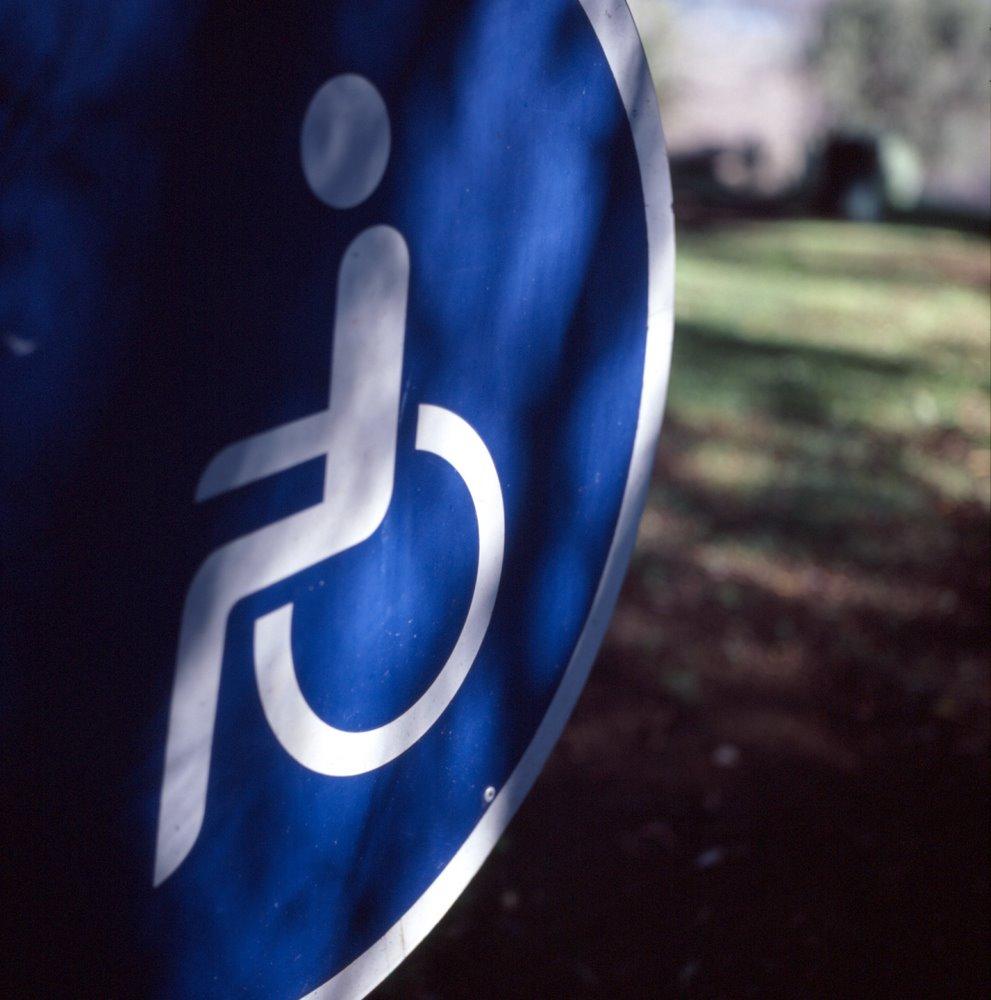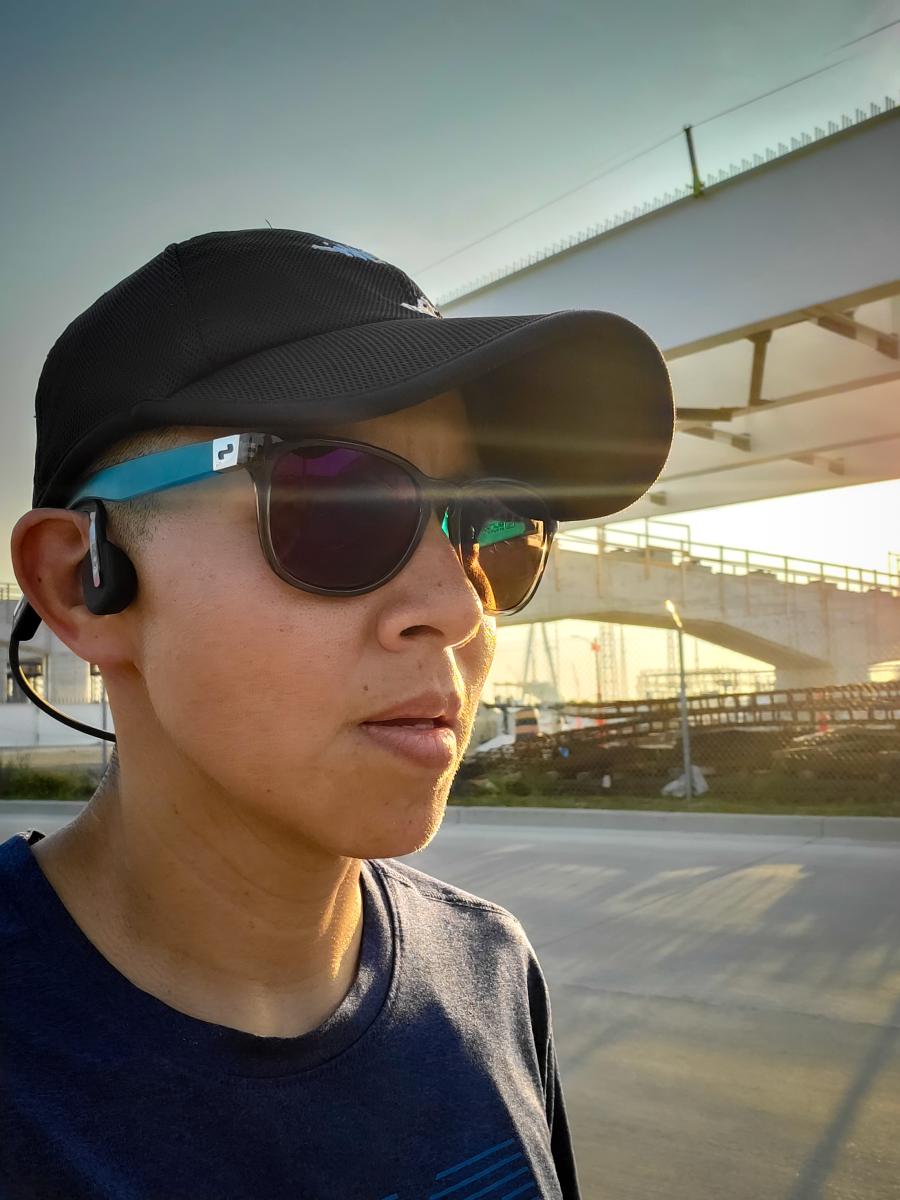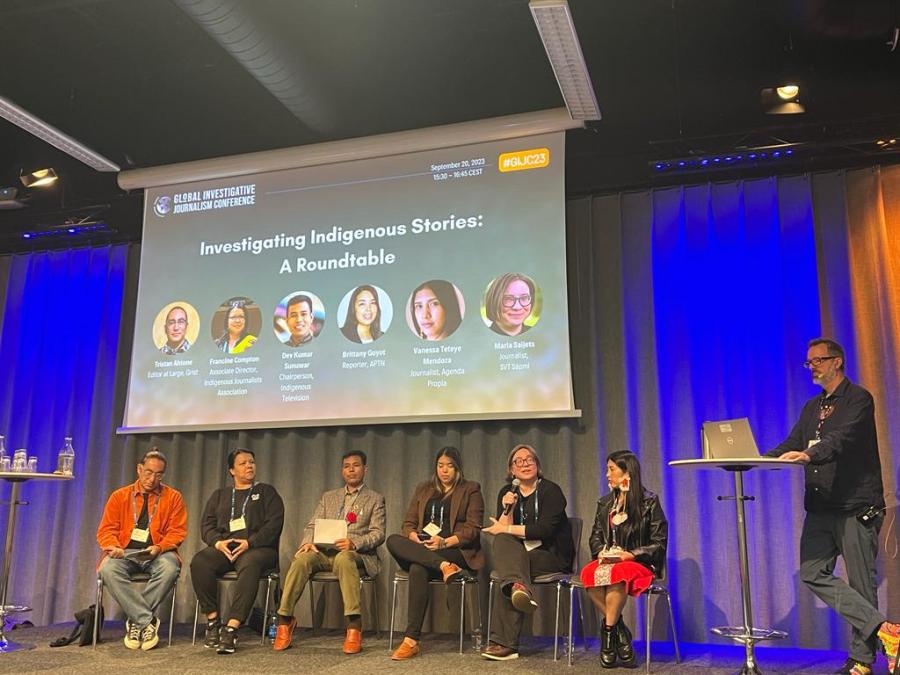
By Diego Lopez
In December 2017, the European Parliament Subcommittee on Human Rights published a study titled The Situation of Indigenous Children with Disabilities. The study outlines some of the major challenges facing Indigenous children with disabilities around the world and suggests what can be done to address the obstacles. Indigenous children with disabilities face challenges unique to most demographics and suffer from a lack of data and attention to their struggles. The number of Indigenous children with disabilities is estimated to be about 54 million around the world. This number is uneven though as some countries, such as Brazil and Colombia, have a lower percentage than others, such as Canada and New Zealand. Estimations for their population are also difficult to determine, as there is no systemic data and many countries dispute who may be considered Indigenous. For example, China and Thailand do not recognize any Indigenous persons within their borders.
Some of the key issues facing Indigenous children with disabilities are the protections of their fundamental human rights in regards to their health and safety. The rights violations include infanticide, violence, forced sterilization for girls and female adolescents, sexual abuse and sexual violence, denial of their right to education, discrimination, and forced segregation from their communities. All of these problems are ones which Indigenous children with disabilities face at much higher rates than average. In Latin America, malnutrition disproportionately affects Indigenous children with disabilities, even when compared to their siblings.
Another fundamental right that is often violated is freedom of movement. In many Indigenous communities in Africa, Indigenous children with disabilities never leave home in order to avoid being seen. Depending on the degree of their disability, some children may never leave their bedroom or even their bed. Some cases have reported children with disabilities being chained to their beds in Nepal.
Indigenous children with disabilities also need to be guaranteed the right to full and effective inclusion in their societies through participation in social activities appropriate for their ages, especially the right to education. UNESCO has found that approximately 90% of children with disabilities in developing countries do not attend school. Not having access to formal education may jeopardise children’s opportunity to have access to a decent job in the future and their ability to speak or communicate in the national language(s). When Indigenous or bilingual schools are close to Indigenous communities, sometimes teachers lack specific formation on how to teach to children with disabilities.
Many underlying factors aggravate the cases of Indigenous children with disabilities around the world. In particular, poverty and can lead to a lack of care for disabilities, and disabilities can aggravate poverty even further. Indigenous children with disabilities may be the first to be taken out of school or to have reductions in food when resources become scarce for families. Families may also not be able to afford necessities for their children, such as wheelchairs or hearing aids. An example of this in the study’s survey, where 100% of respondents indicated that in their communities there are Indigenous children with hearing difficulties, but only 4 out of 14 of the respondents reported that these children having hearing assistance. Similarly, although 13 out of 14 of respondents indicated that in their communities there are children who have difficulties with walking, only 4 out of 13 reported that these children use special equipment for walking such as wheelchairs or crutches.
Cultural barriers and remoteness also prevent Indigenous children with disabilities from receiving care that they may need and remote groups often have higher instances of disabled children. Environmental problems and natural disasters can be particularly dangerous for Indigenous children with disabilities as they are often left behind when families need to flee. Language barriers may also prevent groups from receiving the relief they need from natural disasters, and a lack of resources can hurt Indigenous children with disabilities more than others.
The European Union (EU) has pledged to support marginalized groups, including Indigenous Peoples and people with disabilities. They have also crafted suggestions for countries on how to better aid Indigenous children with disabilities within their borders. These suggestions include new initiatives to collect data on Indigenous children with disabilities and Indigenous persons in general as well as studies on these populations to determine their needs. The EU itself has been urged to ensure inclusion of Indigenous children with disabilities around the world and to be open to dialogue with other countries in doing so. They have also been called on to allocate funds to programs benefiting Indigenous children with disabilities, such as initiatives to train teachers, educate about Indigenous children with disabilities struggles, and improve health care access.
Photo by Max Barners.



